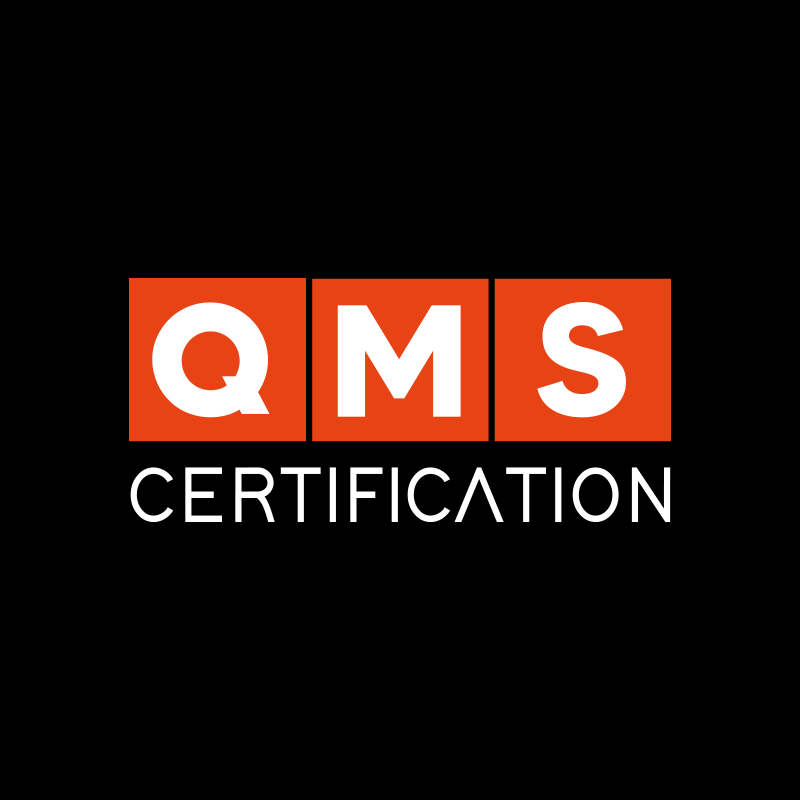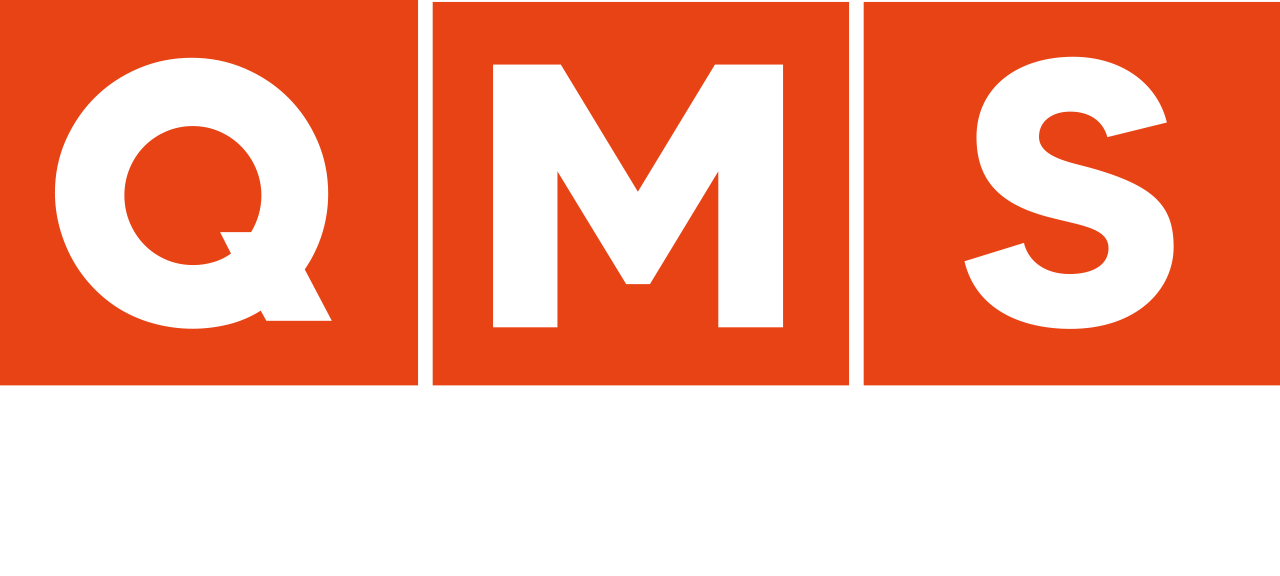Change management has become increasingly important in today’s market, especially following the latest revision of ISO 9001 in 2015. It’s essential for business sustainability and significantly improves results. On the other hand, organizations that lack effective change management often face serious issues.
The most common of these is resistance to change. Without proper planning, employees may feel insecure, unmotivated, or even sabotage the change process—whether due to fear of the unknown or lack of understanding of what’s being altered.
This resistance is often followed by inefficiencies and process errors. Poorly managed changes can cause confusion, leading to costly rework. Likewise, lack of training and alignment may result in employees not following new procedures, ultimately affecting process standardization and the final quality of products or services.
These issues often lead to financial and strategic losses—ranging from wasted resources and project delays to customer dissatisfaction due to nonconformities and poor quality. They may also hinder adaptability and reduce competitiveness, potentially compromising long-term sustainability.
Although the benefits of change management are clear, implementation isn’t always simple. That’s why we created this article—to help you fully understand the concept and learn how to apply it effectively in your organization.
Definition: What Is Change Management?
Change management is a set of best practices, methods, and strategies used to help individuals, teams, and organizations adapt to new conditions, processes, or technologies. It provides a structured, systemic, and more effective approach to managing transitions.
Its main goal is to minimize resistance, reduce or eliminate negative impacts, and ensure that changes are implemented successfully. In ISO standards like ISO 9001, change management is addressed in the planning section—specifically in clause 6.3 Planning of Changes.
How to Apply Change Management in Your Organization
There are many methodologies for implementing change management, and the approach can be tailored to meet your organization’s specific needs. However, you can follow these fundamental steps:
Define the reason for the change
Identify the driving factors behind the change—such as regulatory updates, process improvements, software implementation, or problem resolution. Clearly understanding the reason helps communicate the need to your team and set measurable goals.
Create a change management plan
Use tools like the 5W2H framework to outline action steps, responsible parties, and deadlines. At this stage, also identify risks and define strategies to mitigate or eliminate them.
Communicate with all stakeholders
Clear and consistent communication is vital. Highlight the benefits of the change and address concerns proactively. Engage employees early on, offer training if needed, and ensure everyone has the information they need.
Execute the plan
Put your strategy into action, while providing ongoing support to the team. Monitor progress to ensure smooth implementation. Larger changes may require complex project management and closer oversight.
Evaluate and monitor results
Once the change is implemented, assess its outcomes based on the initial objectives. Conduct long-term monitoring to ensure sustainability, gather feedback, and make continuous improvements.
Planning Change, Creating Results
Change management isn’t just a business add-on or a regulatory requirement—it’s a strategic necessity. In a world where change is constant, failing to plan for it can result in internal resistance, loss of efficiency, and financial setbacks that impact competitiveness.
Many organizations struggle not because change is inherently problematic, but because they fail to prepare for it. A lack of communication and planning can breed uncertainty, low morale, and even internal conflict. On the other hand, when change is approached strategically—with transparency and team engagement—it becomes a valuable opportunity for innovation and continuous improvement.
A structured approach allows you to anticipate challenges, reduce risks, and foster a workplace culture that embraces transformation. Organizations that recognize this don’t just survive in a saturated market—they thrive in a sea of opportunities, gaining new customers, increasing profitability, and securing long-term success.
In a landscape where the only constant is change, being prepared isn’t a luxury—it’s a necessity for any organization that wants to grow and remain relevant.











